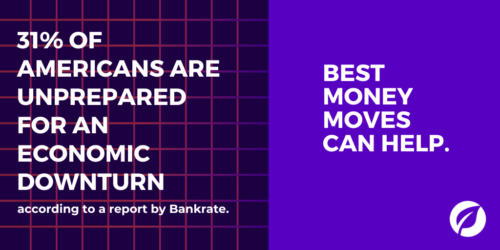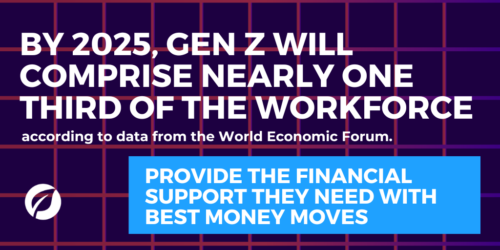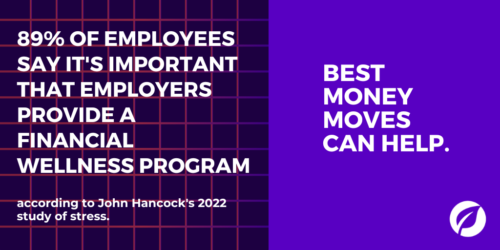
Financial Wellness Leads to Employee Retention, Says Bank of America Report
Employers are starting to realize the fuel value of financial wellness benefits. Compared to last year, more companies are offering financial wellness benefits and about 85% of employers say they reduce employee attrition, according to Bank of America’s 2022 Workplace Benefits report.
Financial wellness resources are just one of many ways that companies can boost employee retention and attract top talent. Here are four retention-boosting ideas fit for any workforce:
1. Improve employee retention by investing in the health of your team.
Since the onset of the Covid-19 pandemic, companies have taken a more holistic approach to employee wellness. Instead of just focusing on physical health, companies have started offering benefits that support employees’ mental, financial and emotional health, too. In fact, 97% of employers feel somewhat responsible for their employee’s financial wellness, according to Bank of America’s survey.
Exhibiting genuine care for employees’ wellbeing and wellness goes a long way, especially with attracting the best and brightest talent. Studies have shown that employees actively seek out companies that are invested in employee wellbeing, even if that means looking for a new job.
2. Elevate DEI initiatives and programs.
Today, young employees are increasingly more diverse than older generations. In fact, only 17% of the Baby Boomer workforce is diverse, compared to 35% of the Gen Z and Millennial workforce. To capture top, diverse talent, companies have invested in diversity, equity and inclusion (DEI) efforts. When enacted efficiently, these DEI efforts can simultaneously bolster recruitment and talent management efforts.
About 3 in 4 employers believe that DEI programs are important for retaining talent, per the same Bank of America survey. Moreover, the diverse talent that flow through these corporate DEI programs are set to become the future leaders of tomorrow.
3. Help employees build future wealth to reduce employee retention.
Preparing for retirement doesn’t happen overnight, neither does accumulating wealth. Both processes require commitment and dedication over time, and more importantly, the resources to fund such efforts. Many Americans find it difficult to manage their current expenses and future savings, this likely explains why 1 in 4 Americans don’t have any retirement savings, according to a PwC survey.
To help employees build future wealth, consider offering company match programs or financial advising to your workforce. Company match programs help employees multiply their retirement funds with the financial help of their employer. On the other hand, a financial advisor can help employees balance current and future money goals, with a personally tailored financial plan to follow. Both solutions are ways to help employees increase their financial security for the future.
4. Welcome upward feedback from all employees.
One way that companies continue to remain agile and grow is by incorporating upward feedback, a development evaluation for direct managers or upward leadership.
Don’t wait until exit interviews to find out what’s working well and what needs tinkering, hold your firm accountable by actively commentary about the current ways of working. Leverage upward feedback as an opportunity to find out what makes people seek opportunities elsewhere and what makes them stay.
Looking for a premium financial wellness solution to improve employee retention? Try Best Money Moves!
Best Money Moves is a mobile-first financial wellness solution designed to help dial down employees’ most top-of-mind financial stresses. As a comprehensive financial well-being solution, Best Money Moves offers 1:1 money coaching, budgeting tools and other resources to improve employee financial wellbeing. Our AI platform, with a human-centered design, is easy to use and fit for employees of any age.
Whether it be college planning or securing a mortgage, Best Money Moves can guide employees through the most difficult financial times and topics. Our dedicated resources, partner offerings and 700+ article library make Best Money Moves a leading benefit in bettering employee financial wellness.
To learn more about Best Money Moves Financial Wellness Platform, let’s schedule a call. Contact us and we’ll reach out to you soon.









